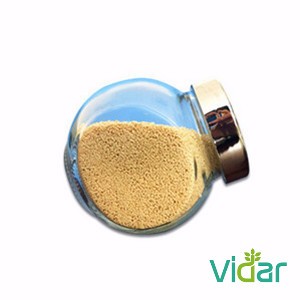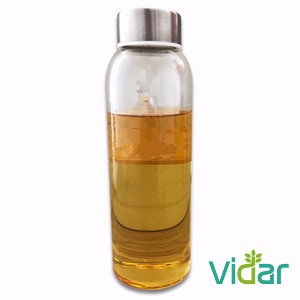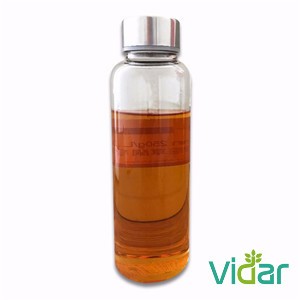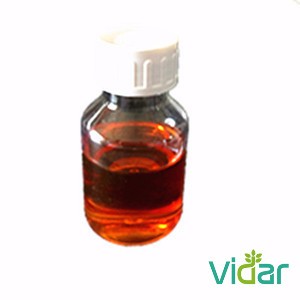

A seemingly impassable barrier was overcome by Helicoverpa armigera, with the caterpillar attacking soybean having Intacta RR2 Pro technology. The information was provided by the staff of Plants and Weeds of the Chapadão Foundation, which followed the case in an area where Chapadão do Céu is located in the state of Goiás, Brazil.
Amid an outbreak of Helicoverpa armigera, which was verified in the last few weeks, the staff of the Chapadão Foundation was called to verify the unusual attack on transgenic soybean. At certain locations, between two and four caterpillars per meter were counted, with approximately 11% of the plants infested in some points.
Monsanto sent its technicians to check if there are other types of seeds mixed. The survey, which was done in the presence of technicians in the field and the Chapadão Foundation, concluded that the field did not present other mixtures – 100% of the samples collected had the protein Cry1Ac, produced by the Bacillus thuringiensis bacteria, which until today has always controlled Helicoverpa armigera.
The analysis pointed out that macerated Helicoverpa armigera fed on the crop, ingesting the toxic protein Cry1Ac, and even then the technology did not affect the caterpillars. According to the staff of Chapadão Foundation, this is “perhaps the first case in Brazil with this problem.”
The Chapadão Foundation is oriented toward producers who can increase monitoring of conventional and GMO plants, alerting them to communicate any other case. According to technicians, this area was treated to control this population by preventing reproducing and causing even more damage to other producers in the region. An important alert is the conscious integrated management, the biological control and the rotation of active principles, aiming to preserve the technologies.
According to Gustavo Valicente from Simbiose, one sustainable alternative is the high quality pesticide biological insecticide BtControl, which is composed of Bacillus thuringiensis bacteria. “The strain of this micro-organism acts exclusively on lepidoptera. In this way, it guarantees that there is no damage to natural enemies, which are extremely beneficial in controlling naturally other plagues and diseases. Controlling the plague at the first instance guarantees that the damage incurred on the crop is minimal, reducing the negative effect on productivity.”
Monsanto, on receiving the complaint about occurrence of an unexpected infestation of a type of caterpillars on the soybean crop in the region of Chapadão do Céu, Goiás, answered promptly. In order to obtain more information, the company will investigate the case throughout the next few weeks, as this type of occurrence is not common and several factors influence it.
With good practice, Monsanto has recommended, since the launch of its protection technologies against plagues, the adoption of Integrated Plague Management as a measure to optimize the results of Bt technologies, as well as the correct adoption of refuge areas.
NEWS
NEWS
- Turkey aims top 5 in seed trade in world2021-07-08Chairman of Turkish Association of Seed Growers (TÜRKTOB) Kamil Yılmaz said that the sector exported seeds valued at 136 million U.
- Precision agriculture can do wonders for Indian farming2021-07-08The worrisome reality in India is that agriculture is facing a crisis. In village after village, farmers are looking at selling th.
- India Bt brinjal: Bangladesh's model not fit enough for adoption2021-07-08When India is considering commercialising Bt brinjal in India by first studying Bangladesh’s “successful” model, the neighbour cou
- India Andhra Pradesh's push for zero budget natural farming inspires others2021-07-08Use of chemical pesticides in India, including those that are banned in other countries, has been a matter of concern and a raging.
- Metominostrobin market current trends and future aspect analysis by 20272021-07-08Metominostrobin market current trends and future aspect analysis by 2027The global metominostrobin market is predicted to increase
PRODUCTS





